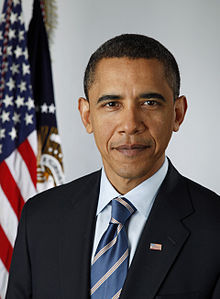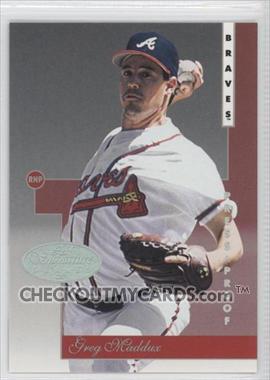Win Probability Added (WPA) is a stat that estimates how much the outcome of each plate appearance has changed the chances of each team’s winning the game, as compared to how those chances stood just before the plate appearance took place. WPA assigns to the hitter the amount of that change as it affects the hitter’s team, and to the pitcher the amount of the effect on the pitcher’s team. So, for example, just as Jayson Werth stepped to the plate for the Nationals in the ninth inning of Game 4 of the NLDS this season, Washington’s chances of winning the game were estimated (based on the score, the inning, the outs, and the man-on-base situation) at 67%. After Werth hit his walk-off homer, those chances, obviously, rose to 100%, so Werth is awarded a +.33 amount of WPA for that plate appearance, while Lance Lynn, who threw the home run pitch, has a -.33 WPA applied to his account. If you add up a player’s WPA for each of his plate appearances in a game you get his total WPA for that game. Any player with more than a few games played in his career will have some games in which his WPA comes out positive and some where it comes out negative.
David Freese’s +.97 WPA in the sixth game of the 2011 World Series was the highest one-game WPA for any hitter in the history of the major league post-season, breaking the record previously set by Kirk Gibson’s limping, pinch-hit walk-off home run in Game 1 of the 1988 World Series. But what about the Anti-Freese, the hitter with the absolute worst, the most negative, WPA over a single post-season game? More about that after the jump. Continue reading →



